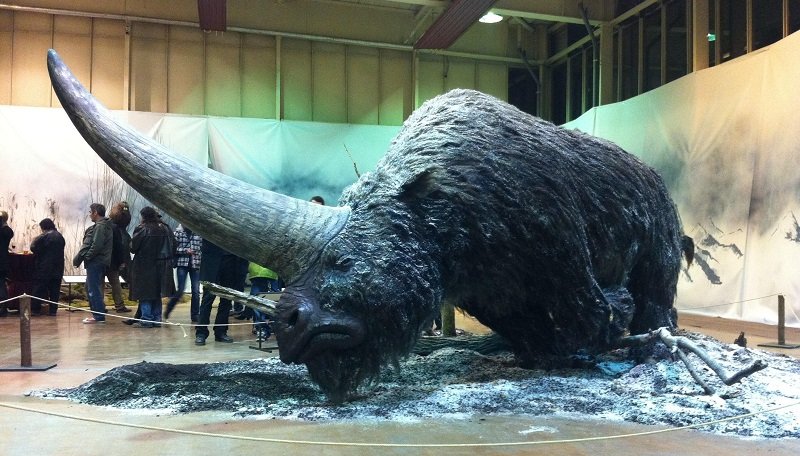The Siberian unicorn, also known as Elasmotherium, is an extinct species of rhinoceros that lived during the Pleistocene epoch, about 2.6 million to 11,700 years ago. Despite its name, it is not closely related to the modern unicorn myth.

Elasmotherium was a massive animal, with a body length of up to 4.5 meters (15 feet) and a weight of up to 5,000 kilograms (11,000 pounds). Its most distinctive feature was its long, straight horn on its forehead, which could grow up to 2 meters (6.6 feet) in length.

The Siberian unicorn is believed to have gone extinct around 39,000 years ago, possibly due to climate change and human hunting. Fossil evidence suggests that it lived in grasslands and wooded areas across a vast region that extended from modern-day Russia to western Europe and China.

The discovery of well-preserved Siberian unicorn fossils in recent years has provided scientists with valuable insights into the ecology and evolution of ancient mammals, as well as the environmental factors that contributed to their extinction.